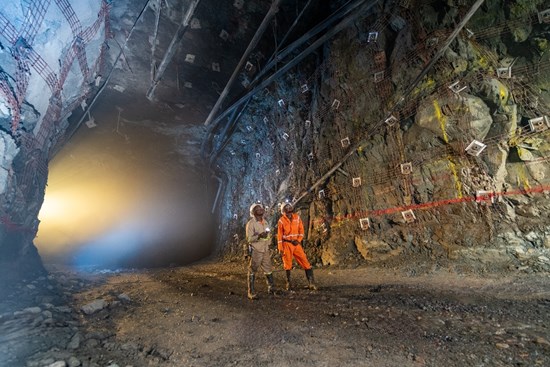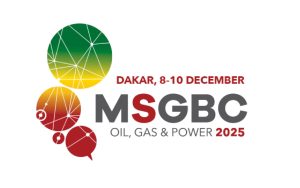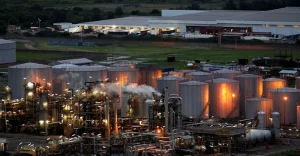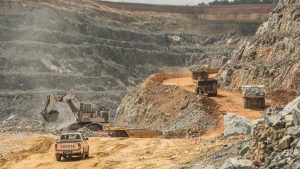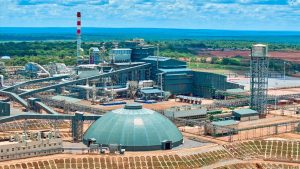Ivanhoe Mines says draining the East section of Kamoa-Kakula, Africa’s largest copper mine by output, should allow mining to restart early next year while it plans to provide new production forecasts within weeks.
The company is ramping up its dewatering with four new high-capacity submersible pumps, it said Monday. The western side is expected to be fully drained within eight weeks, which would allow Ivanhoe to regain access to higher-grade areas by year-end.
The company now expects to state new 2026 and 2027 outlooks and a new life-of-mine plan by mid-September.
The “update matches previously guided timelines for dewatering Kakula,” BMO Capital Markets mining analyst Andrew Mikitchook said in a note on Monday.
Ivanhoe halted operations at Kamoa-Kakula for three weeks after seismic activity on May 18 severely flooded the underground mine, particularly the eastern section. The company revised down its 2025 forecast by 28% to between 370,000 and 420,000 tonnes of copper in concentrates.
Shares in Ivanhoe Mines gained 0.3% to C$11.74 apiece by mid-Monday in Toronto, taking its market capitalization to C$15.8 billion ($11.4 billion).
Kamoa East
The company said this month the plan to drain eastern Kamoa-Kakula by the end of this year would cost $70 million while increasing C1 cash costs to $1.90 to $2.20 per lb. copper from the previous estimate of $1.70 to $1.90 per pound.
Ivanhoe has been gradually restoring operations via a three-stage drainage plan. The first stage, which was to stabilize and maintain current water levels with temporary pumps, was completed on June 2, allowing the company to resume mining at Kamoa West.
The second stage requires the installation surface-mounted pumps and new permanent infrastructure to fully dewater the mine. According to the company, two of the new 4.2-megawatt pumps are expected to be operational by month-end, and the remaining two by mid-September. These pumps will be fully submerged until the end of November, when the majority of the dewatering is expected to be completed.
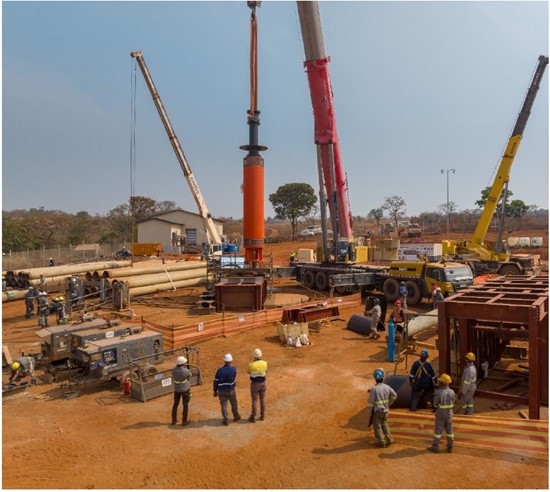
Third stage
The final stage of dewatering activities is to start late this year, involving the use of existing horizontal pumping infrastructure to drain the remaining areas deep on the eastern side. As water levels subside, rehabilitation will start as required, the company said.
BMO’s Mikitchook previously said in a note that “management’s goal is to return Kamoa-Kakula to similar throughputs as previously planned by 2027.”
The company recently said that mining rates at the western section of Kamoa-Kakula had recovered to about 300,000 tonnes per month, with both concentrators running at 80-85% capacity as of mid-June.



